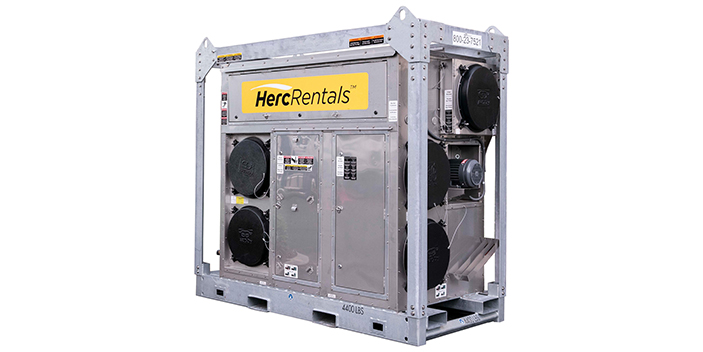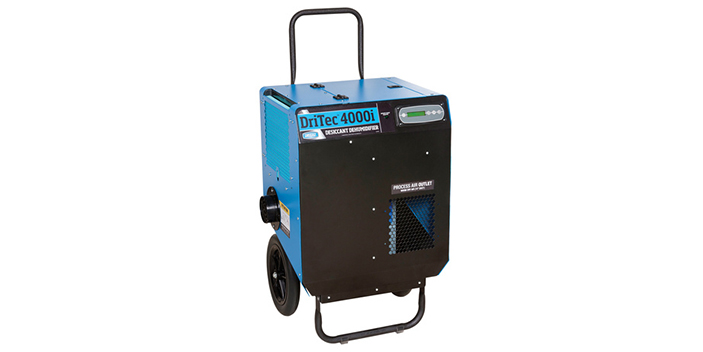Request Cooling Solutions Now
Commercial & Industrial Dehumidifier Rentals
Rent Commercial & Industrial Dehumidifiers from Herc Rentals
For businesses that are in need of a temporary or permanent solution for dehumidification needs, finding the right option can be challenging. Fortunately, Herc Rentals offers reliable commercial and industrial dehumidifier rentals which provide fast relief from high moisture levels while helping you save money over purchasing a unit outright.
We stock dehumidification solutions for water damage restoration and environmental control. Choose from traditional refrigerants, LGRs, and desiccant units, each built to provide maximum performance. Our most common rentals are featured below.
Operating a Dehumidifier Rental
Our units are simple to operate. Run the 40ft 1/4″ drain tube that’s included to the nearest drain, plug the unit in, and press “On.” Remove up to 16 gallons of water per day. That’s a lot of water removal!
If you are in need of a large dehumidifier rental, you may also need to rent spot coolers, large fans, or other air quality solutions.
For more information about our dehumidifier rentals, fill out our contact form or give us a call at 888-202-7658.
Dehumidifier Resources
- Can An Air Conditioner Be Used as a Dehumidifier?
- What’s Best for Drying a Construction Site? A Heater or a Dehumidifier?
- How Do Desiccant Dehumidifiers Work?
 Back
Back



